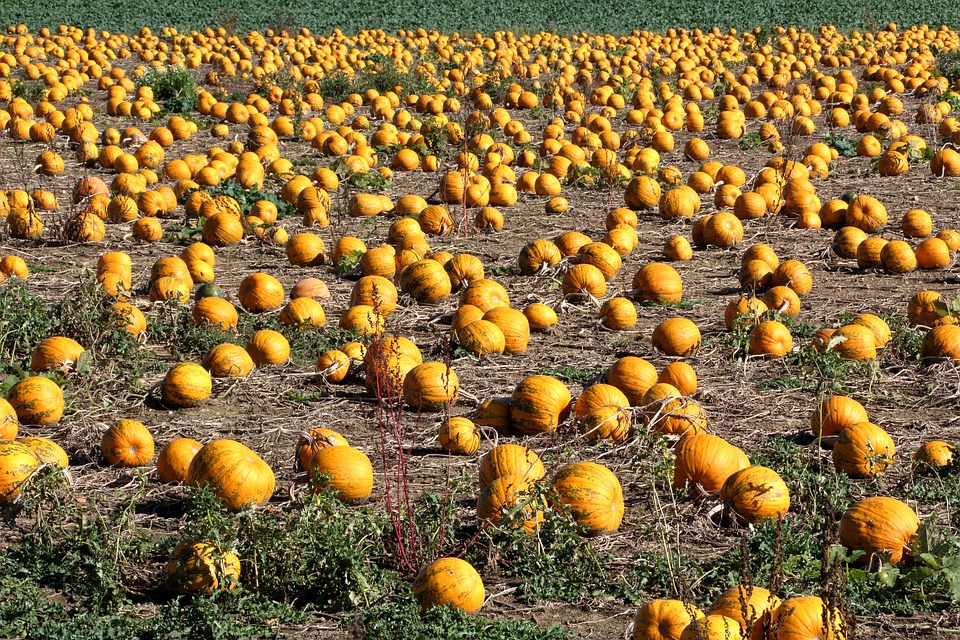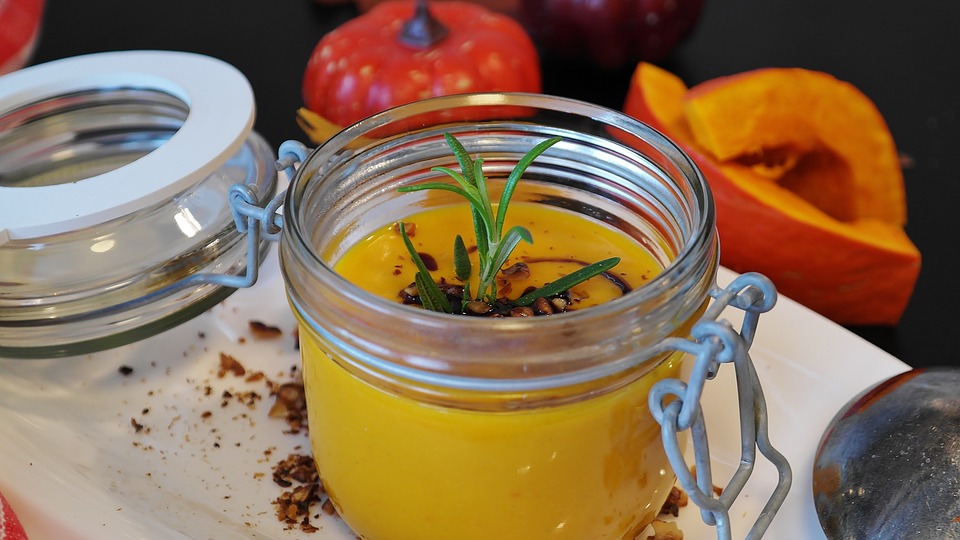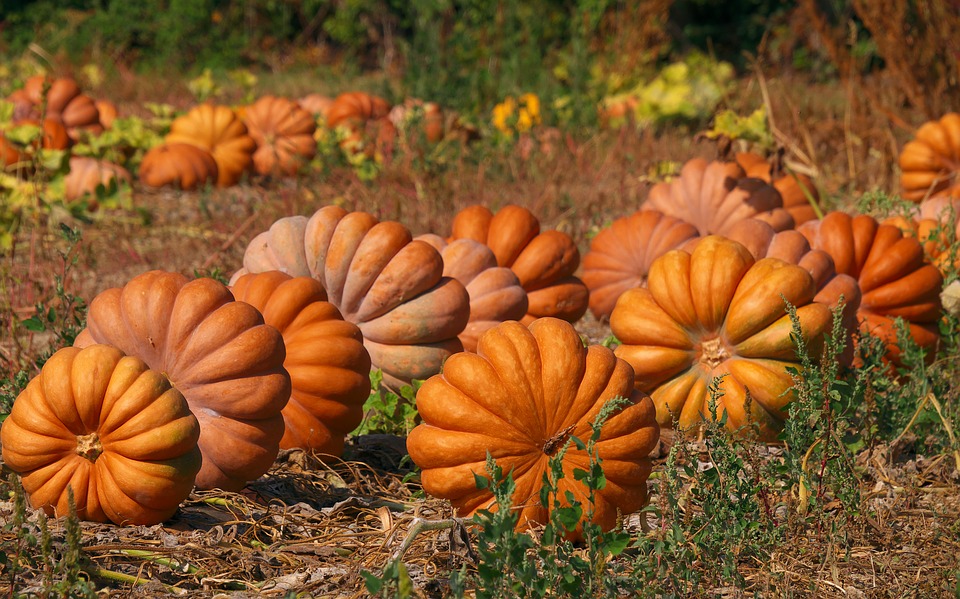Pumpkins are fascinating plants roaming globally in temperate and tropical climates. They are believed to be one of the first crops to have massively spread throughout the world, mainly because once dried they turn into waterproof “vessels” for their seeds, capable of floating thousands and thousands of miles across the oceans. An experiment was also taken soaking pumpkin seeds in salted water for several years. A few of the seeds were still alive afterwards, ready to sprout.
 There are a number of different edible and ornamental species declined in many varieties differing in color, shape, texture and flavor. The fruits of the winter squash variety cucurbita maxima for instance can reach 300 lb and are the largest fruit in the plant kingdom.
There are a number of different edible and ornamental species declined in many varieties differing in color, shape, texture and flavor. The fruits of the winter squash variety cucurbita maxima for instance can reach 300 lb and are the largest fruit in the plant kingdom.
Winter squashes were domesticated in the Americas around 5000 B.C. They are both nutritious and versatile: the tough dry skin and hollow structure make them perfect recipients, possibly the first containers ever used by man to carry liquids, salt and grains. They would also work marvellously as utensils, like bowls, plates and spoons. It is believed they might have been among the first musical instruments too. Think about maracas for example: what is a dried pumpkin, with its hollow inside filled with seeds, if not a perfectly natural version of the instrument? And one can make drums, flutes, string instruments, trumpets…there really appears to be no limit.

It’s versatility as a food is hugely appreciated in kitchens across cultures. Traditional Italian cuisine features dozens of fall and winter recipes. Tortelli di zucca (pumpkin filled pasta), sometimes stuffed with amaretti cookies, or gnocchi di zucca, torta di zucca (savoury tart), passata di zucca (soup), risotto di zucca, pasta con zucca e pancetta (with pasta and bacon), fiori di zucca ripieni (stuffed flowers). Region by region the list gets really long.

It’s also a perfect vegetable for root to leaf cooking, since everything about pumpkin is edible: the fruit, the vines, the flowers and the seeds!

We’re now in peak harvest season. Most squashes last many months if stored in the right conditions, but they’re at their best when freshly picked, since that’s the time when they express their full flavor spectrum. So cook seasonal, and discover one of nature’s delicious wonders.